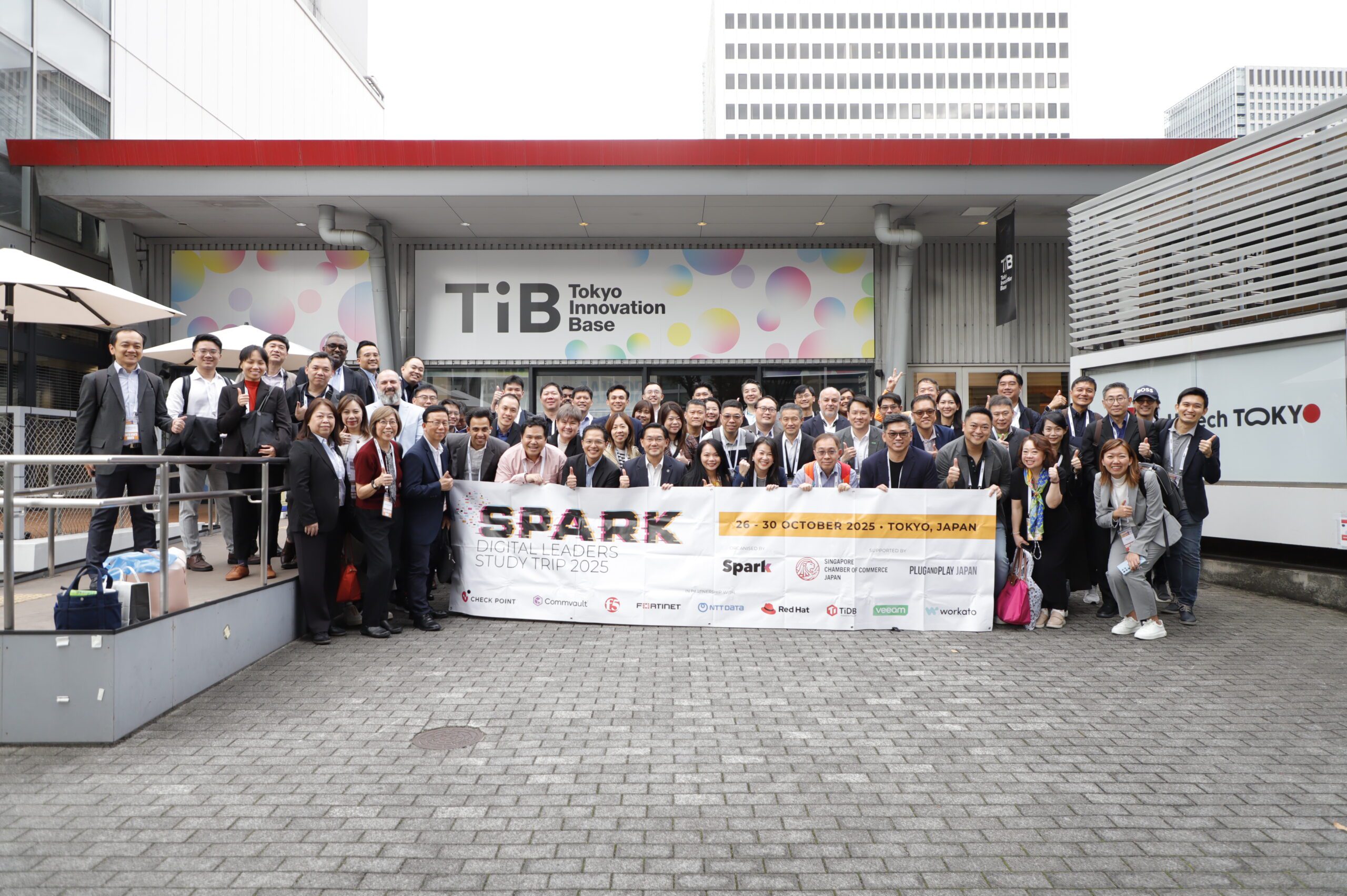Open Hybrid Clouds are Now Critical for Organisational Resilience
Cloud, in its various forms, is now the standard for modern IT. As organisations recover from the Covid-19 pandemic, resilience is becoming a key objective and cloud technology is an essential enabler to meet this need – resulting in an accelerated shift of workloads to the cloud. We are now entering an era where cloud-driven innovation is becoming a competitive differentiator, leading organisations to seek the benefits of cloud across all their assets. Fully benefiting from cloud technology is not always easy given that many processes are deeply embedded in customized legacy applications. Organisations are recognising that open hybrid clouds offer the resilience that they need as well as acting as a platform for innovation.
Legacy applications don’t offer the agility and resilience that organisations need
Legacy applications lack the portability, flexibility and agility offered by applications developed for cloud environments. They make it more difficult for organisations to launch new products and services, enter new markets and innovate. These applications tend to be in siloes and are often not well integrated, making it difficult to launch and integrate new applications rapidly. They create vulnerabilities and make organisations less resilient. They are cumbersome to use in comparison with cloud-based alternatives.
But, most large organisations cannot move all of their applications into the cloud, particularly public clouds for multiple reasons. These reasons include concerns around compliance and governance, notably for critical production applications. Additionally, public clouds do not usually offer the ability to customize applications around specific business requirements.
Typically, organizations that use public clouds integrate their cloud workloads with on-premises computing resources, creating hybrid clouds. These on-premises workloads are often difficult to scale and to integrate with public clouds. A solution is required that can enable all assets to integrate seamlessly with each other, build resilience and create a platform for innovation.
Open hybrid clouds address concerns with public clouds and allow legacy applications to be modernized
The solution to the challenges posed by public clouds and legacy applications is the deployment of cloud-native resources across both public and private clouds. This is the foundation of hybrid clouds. Today’s hybrid clouds include heterogeneous on-premises resources, including private clouds, traditional virtualization, bare-metal servers, and containers. They also typically include multiple providers and types of public clouds. They increasingly depend on open-source technologies such as containers, open APIs, and open-source databases. These technologies enable modern hybrid clouds and are necessary for the movement of workloads and data across different cloud environments to ensure portability, compliance, and importantly, resilience.
Open hybrid clouds can help organisations to develop applications rapidly with greater agility provided by DevOps. They also support scalability and flexibility allowing organisations to quickly adapt to change and innovate. Taking an open approach with your cloud prevents the creation of siloes.
Cloud-native application development drives innovation and increases resilience
As mentioned, cloud-native application development offers many benefits including speed, agility, scalability, and resilience. Deploying Kubernetes container platforms makes it easier to package applications and processes and move them seamlessly across multiple clouds. The ability to build once and deploy anywhere makes cloud infrastructure much more agile and able to support dynamic business needs over time. This allows technology leaders to focus less on technology maintenance, and more on business innovation.
Additionally, organisations are adopting container platforms and open hybrid clouds to:
- Accelerate application delivery using agile development methods and tools such as agile continuous integration/continuous delivery (CI/CD) pipelines and automated testing
- Develop new business opportunities using emerging technologies such as AI/ML
- Modernize existing applications by containerizing and refactoring them
- Automate operations at greater scale with greater scalability and portability
- Leverage existing infrastructure without creating new siloes.
Most of today’s larger organizations have hybrid and heterogeneous IT environments. Preventing these environments from becoming isolated silos requires openness and modern application development approaches and tools such as microservices, continuous integration/continuous delivery and automated testing. Open hybrid clouds using these technologies engender innovation, increase operational efficiency and build resilience.
Red Hat Openshift is a Kubernetes container platform built for an open hybrid cloud strategy. It gives developers a common application environment across all cloud assets allowing them to rapidly develop, orchestrate and run their applications. This consistency across environments can allow organisations to deliver automated IT infrastructure. Commonly, refactoring of applications to be cloud-ready is a cumbersome and time consuming task. An agile approach based on Openshift can allow organisations to quickly roll out and scale resource-intensive services. It enables a cloud-like experience everywhere it’s deployed







